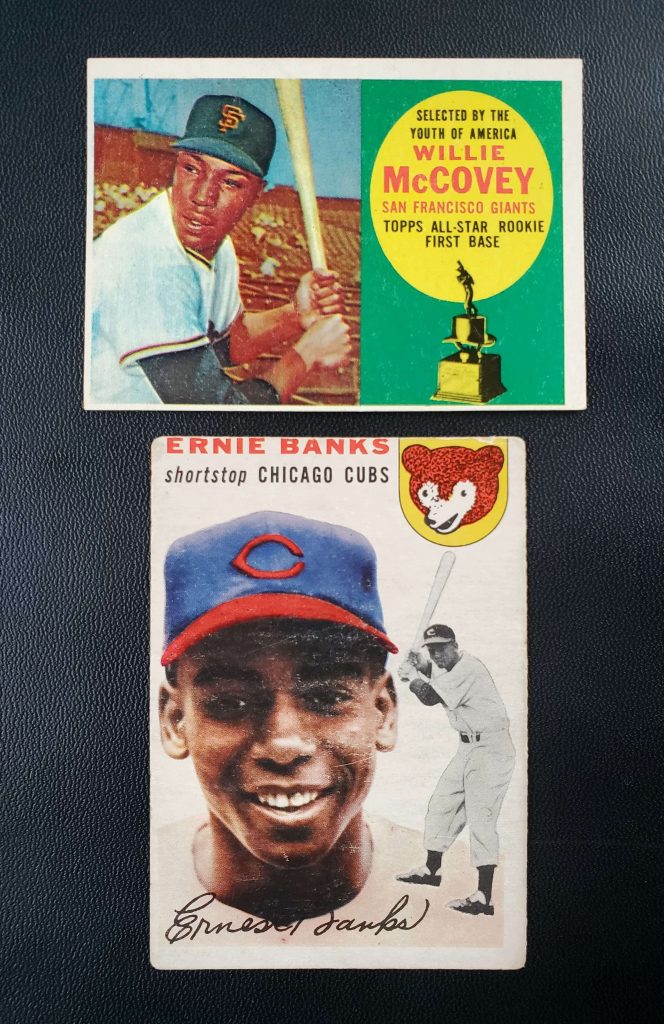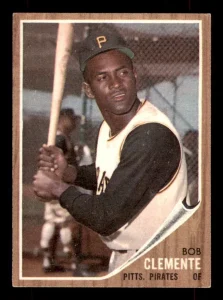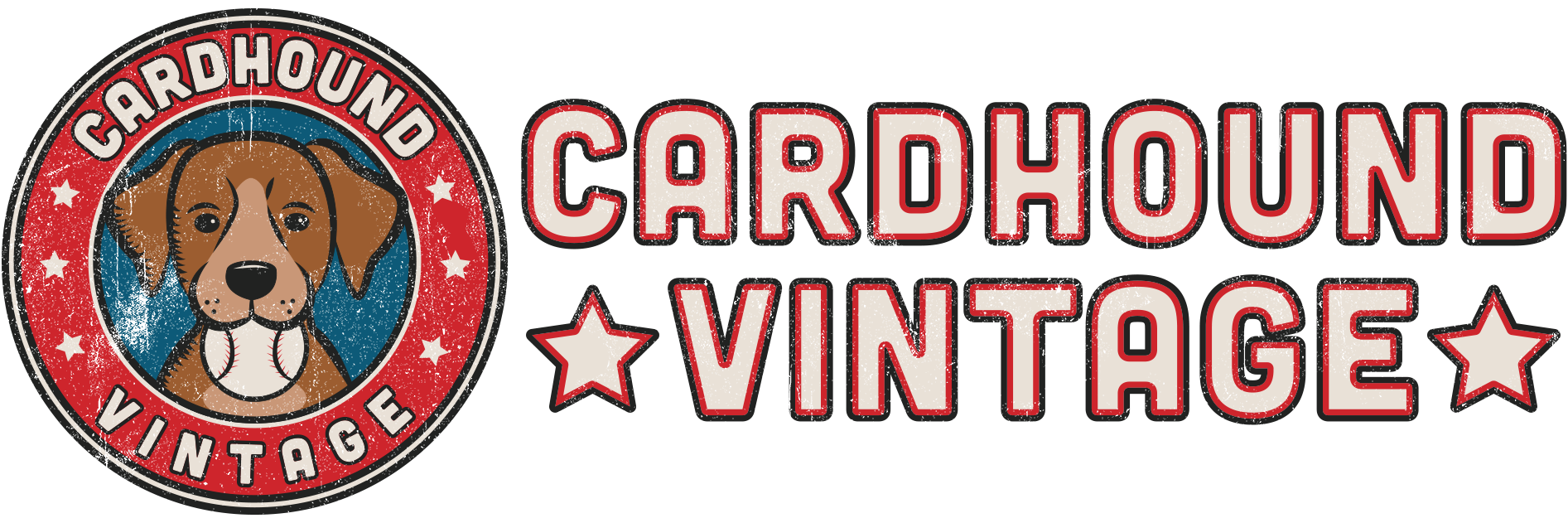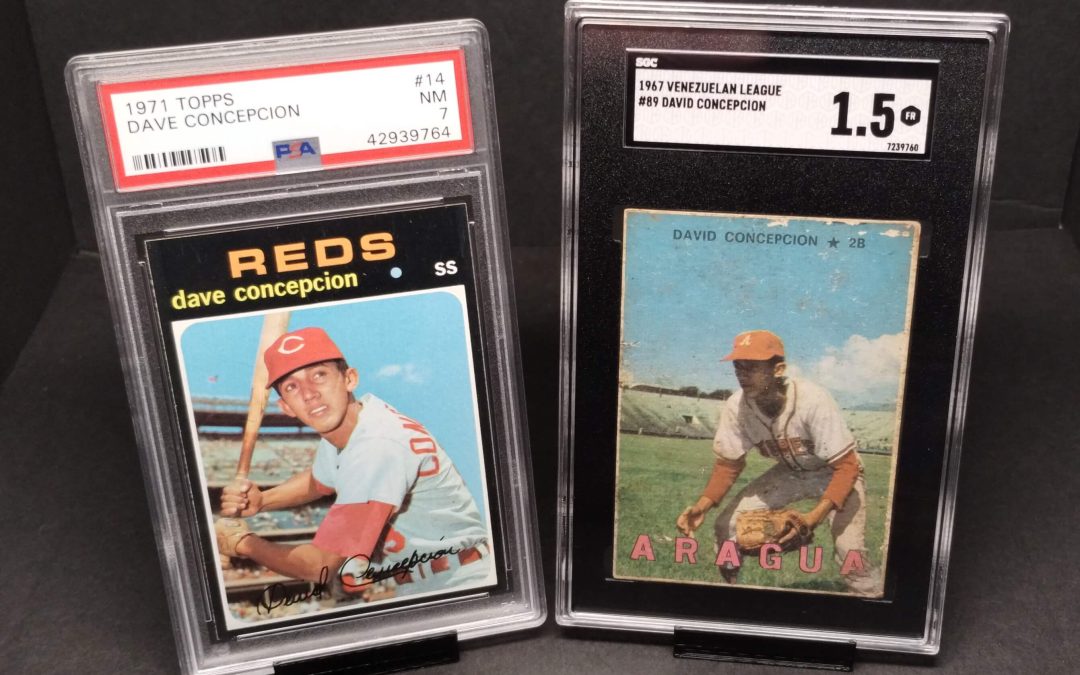Intro to Vintage Sports Card Grading
By far the top question asked in Facebook groups is “Should I have my vintage sports cards graded?” This is followed by “Where should I grade my cards?” and even “Should I grade this card?” If you are new to the idea of collecting professionally-graded cards, it can be an intimidating process.
This article will cover everything you need to know to decide whether having your cards graded is worthwhile. We will also give you the knowledge and confidence to improve your grading results, understand the value proposition in buying graded cards, or to prepare your very first submission.
This post will answer the most frequent grading questions, such as:
- What is card grading?
- Should I have my cards graded?
- How do I know whether a card is “worth” grading?
- How are cards assessed by professionals?
- How can I estimate grades before submitting?
- What are the best grading companies for vintage cards?
- Should I submit myself or use a group?
- How do I prepare and submit my cards for grading?
What is professional card grading?
Professional card grading, simply, is the act of inspecting and assigning a grade to a raw card, and placing it into a tamperproof plastic case (also known as a “slab”) for preservation and identification purposes. The main vintage graders as of this writing are PSA and SGC. There are other established brands but none that are especially recommended for vintage currently.The increase in the popularity of card grading has also brought many new names to the table, and time will tell if any of them persevere. PSA is the marketshare leader overall, with SGC a preferred choice for prewar vintage. Each company has its pros, cons, loyalists, and detractors.
Should I Have My Cards Graded?
Why grade cards?
There are many perfectly valid reasons to have cards graded, including:
- You want to (no reason needed, really!)
- Easier to collect on an insurance claim since the value is more absolute
- Easier for your heirs to deal with your cards someday
- Can be easier to sell since the quality of the card is arguably more “validated”
- Preservation purposes
Why Not Grade Cards?
- You don’t want to (no reason needed, really!)
- You prefer the look, feel, and even the smell of cards in their natural state
- From an investment standpoint many cards—most cards, really—are simply not worth the expense
What Cards Should I Grade?
Only you can answer this question, but if you are curious about giving grading a try, and are grading for value, the safest bet is to focus on the household names: for baseball, Mickey Mantle, Willie Mays, Hank Aaron, Jackie Robinson, Roberto Clemente, Sandy Koufax, and popular Hall of Famer rookie cards are a good place to start. Focus on the best condition cards you have available, and consider starting with a submission of about 5 cards. This gives you the most bang for the buck in terms of shipping costs to and from grading, and if you aren’t choosing wisely, the lesson isn’t too expensive.
Assessing Card Condition
Memorizing the 3 C’s of card grading is simple. Here they are:
- Condition,
- Condition,
- And, Condition.
Two cards can look “pretty good” and very similar to an outsider, but an experiences collector might see an “excellent” card and a “near mint” card. In terms of value, the difference can be tens or hundreds or thousands of dollars. A card’s overall condition rating (or “grade”) takes all four of the following characteristics into account, and at its best is part art, part science. While there is no substitute for hands-on experience assessing cards yourself, understanding some of the basics of how this process works can speed up the learning curve, and can prevent costly mistakes.
The biggest “rookie mistake” when buying or especially selling is to overestimate the condition of the cards in question–and thus overestimate their value. This can result in wasted money and time and lost sales. Let’s get familiar with how cards are assessed for condition, whether “raw” or graded.
Cards are assessed on 4 basic characteristics (enjoy beautiful visual aides!). Let’s look at some fairly extreme examples before looking at more subtle ones:
- Centering (top / bottom, side / side, on front / back). The front centering of these cards will limit the grades–even though other aspects of the McCovey are stronger. Tip: Cards grade “down” to their weakness. Assuming the centering is about 85/15 ratio on the front at its worst point, that would limit the card to a 5 despite other strengths.
Examples of cards with obvious centering issues:

Off-center cards
- Corner wear (sharp vs. ding vs. rounded). The extreme corner wear here is certainly in the poor / 1 range.
Example of obvious / extreme corner wear:

Cards with corner wear
- Edge wear (chipping. dings, etc.). The 54 Banks above has noticeable chipping in the top edge towards the right side.
- Surface wear (sharpness, clarity, scratches, paper loss, etc.). The 54 Banks above also shows significant surface wear (loss of gloss, scratches). Ted has a crease in the upper left corner.
Understanding Grading Scales
Raw cards are assessed using industry-standard terms and most grading companies apply a 10-point scale based on these same terms. The most common terms used are Poor, Fair, Good, Very Good, Excellent, Near Mint, Mint, and Gem Mint, with “half steps” in between. For example, a card that is listed as “VG-EX” straddles the line between Very Good and Excellent condition.
A full scale usually applies the following terms (note: the PSA Grading Standards Guide is an excellent visual resource for understanding card condition basics).
Authentic / non-gradable cards: note that if a card has been altered in any way and is not in its original state, then it is not eligible to receive a technical grade from a grading company. Examples of alterations include cards that have been trimmed or recolored. Generally speaking most alterations (but not all) are meant to enhance the appearance of the card and thus deceive. Cards with writing on them (for example, young Billy put his initials on the backs of all of his cards) are generally still considered gradable but will grade low (1.5 range as a true grade). These kinds of marks are not considered alterations, however, because they are not done with intent to deceive.
Poor (Grade 1)
Fair (Grade 1.5)
Good (2)
Very Good (3)
Very Good-Excellent (4)
Excellent (5)
Excellent-Mint (or Excellent-Near Mint, which seems more accurate) (6)
Near Mint (7)
Near Mint-Mint (8)
Mint (9)
Gem Mint (10)
Grading companies place numerical values on these same condition assessments. For example, a graded “3” translates to “VG” (very good) with most companies, but keep in mind that there is no “universal” scale or standard, and different grading companies apply slightly different standards even when using the same language. For example, a card with 60/40 centering (which is noticeable to the eye) can still receive a grade of 10 / Gem Mint according to PSA’s own scale. Other graders–most notably SGC– apply more strict centering standards for a Gem.
Raw vs. Graded
The main difference between raw VG and a graded 3, for example, is that with graded cards you are hopefully paying for a solid, reliable, professional opinion on the grade–rather than relying on a seller or pictures. Even your own eyes can deceive you–graders (and serious collectors) use magnification and other specialized tools when assessing cards.
Understanding Technical Grade
A “technical grade” is not merely an “average” of the condition of the 4 main attributes. If I card has a “9” centering, “2” surface due to a large crease, “7” corners, and “6” edges, the “average” would be a grade of 6. But the card in question here would receive a grade of 2.5 or 3. The easiest way to think about this is that cards grade “down” to their weakness and then back “up” as other attributes allow, but typically a card will not grade more than .5 or 1 point above its biggest flaw. A card with paper loss on the back can look amazing and mint from the front, but the technical grade will likely be 1.5 (1 surface + .5 if card is otherwise strong).
An aside: My friend Paul has the most amazing collection, and he collects mostly raw cards. He has an eye for cards with strong appeal despite flaws considered catastrophic in terms of technical grade (pinholes, small teats, etc.). There is a lot to be said for collecting based on eye appeal regardless of technical grade. They aren’t synonyms.

Paul Bonner raw card collection pic–high appeal, but many also low technical grade.
Understanding Qualifiers
PSA uses “qualifiers” such a OC (off-center), MK (mark), MC (miscut) to designate certain card flaws and isolate them from the card grade. They are confusing, and are used less often now than in the past.
Key Point: a PSA 7 OC isn’t a PSA 7. It is a card that would be a 7 if not for the bad centering.
People misunderstand this often like this: “This card is a 7 (OC) and would grade so much higher if the centering was better!” That’s backwards: the card isn’t a 7 at all, but would be if centered. A “true grade” might be a 6, 5, 4, etc. depending on how severely OC the card is.
Doing the Math on Grading and Value
On the surface, understanding the cost-to-value proposition of card grading is very simple:
1) What is the card worth as-is, raw and not graded? Use closed sales only when gathering data.
2) What is the card worth in its likely grade? This requires solid knowledge of likely grade which can only be gleaned through experience.
3) What are the costs to grade the card? Include shipping back and forth, and insurance, in addition to the grading fee.
4) Assuming that the difference is a positive number, is that value gain worth the time and trouble?
For example:
1) A 1962 Topps Bob (Roberto) Clemente is worth about $85 in raw excellent EX condition as of this date. Note that raw cards advertised as “EX” on eBay by sellers are mostly overgraded, sometimes dramatically. Use your eyes, not the seller’s listing, when assessing for condition. And remember to inspect the back just as closely as the front.

1962 Topps Clemente in EX condition
2) An SGC 4 is worth about $100 currently, and SGC 5 is worth about $180.
3) Cost to grade is about $25
4) If the card grades a 4, we are at “break even” on grading costs. If the card grades a 5, we are “up” $70. If it’s a 6, jackpot.
Direct or Group Sub? Pros and Cons
You can submit your cards direct to PSA or SGC or your grader of choice, or you can use a “group submitter” that submits your cards along with dozens or hundreds of others. Many card shops offer group submission services, and there are some individual companies that specialize in only doing group subs. The grading companies love group submissions because instead of processing 50 individual orders, they just process one. In return they offer the group submission a better rate and the groups pass along some of that discount to the consumer to earn their business.
Why use a group?
- There’s typically a per-card discount (the grading companies give the groups a discount because it’s easier to process these large batch orders)
- Return shipping is often less expensive. On a 10-card order you might save $60 or so in grading and shipping fees.
Why sub Direct?
- Direct subs are often a bit faster (especially if your group needs to ship your cards–mail time is doubled)
- Some people just don’t want any extra handoffs or exchanges, since it introduces more possibility for damage, loss, etc.
I submit direct to SGC and through an SGC submission group, Boca Card Subs (full disclosure, Boca Card Subs is also a sometimes-sponsor of Cardhound Vintage), and am happy with both services. I usually use the group for cards that meet the base tier value criteria (under $1,500 per card), and I tend to submit higher-value cards direct to SGC. One advantage of Boca compared to other groups is that they are located in the same city as SGC, and so there is no shipping delay–they hand deliver cards daily.
Shop group submitters very carefully and make sure they are reliable and trustworthy. And always insure cards of value.
How to Submit Cards for Grading
There are about a dozen “clicks” to make to handle the online part of submitting cards for grading. In general, you’ll do the following:
1) Make an account with your grader of choice and log in
2) Start NEW Submission
3) Add cards to your order (need card manufacturer, year, player, card number, etc.)
4) Select to Encapsulate if Altered (for PSA you need to list this in the comments)
5) Declare a value (for insurance purposes, and to determine what tier of grading you need—it costs more to grade a Goudey Babe Ruth than a Fergie Jenkins rookie)
6) Select the desired service / time (the faster you want them returned, the most you will pay)
7) Select return shipping from the available options
8) Pay (either up front or later, depending on the grading company)
9) Print invoice and pack with your cards.
Packing and Shipping Tutorial
Packing and shipping aren’t difficult, but there are a few tricks. Please see the article about packing and shipping here. The process involves these steps:
1) Carefully place card in the appropriate sized sleeve
2) Place the sleeved card in the appropriate sized Card Saver
3) Protect the stack of cards with pieces of cardboard front / back
4) Secure cardboard with rubber bands or painter’s tape
5) Don’t forget your invoice!
6) Place in bubble mailer
7) Optional, place in Priority box or heavier box—I always use at least Priority
8) Ship, track, wait! Check your account often for status updates. You will be notified at various stages of the process.






